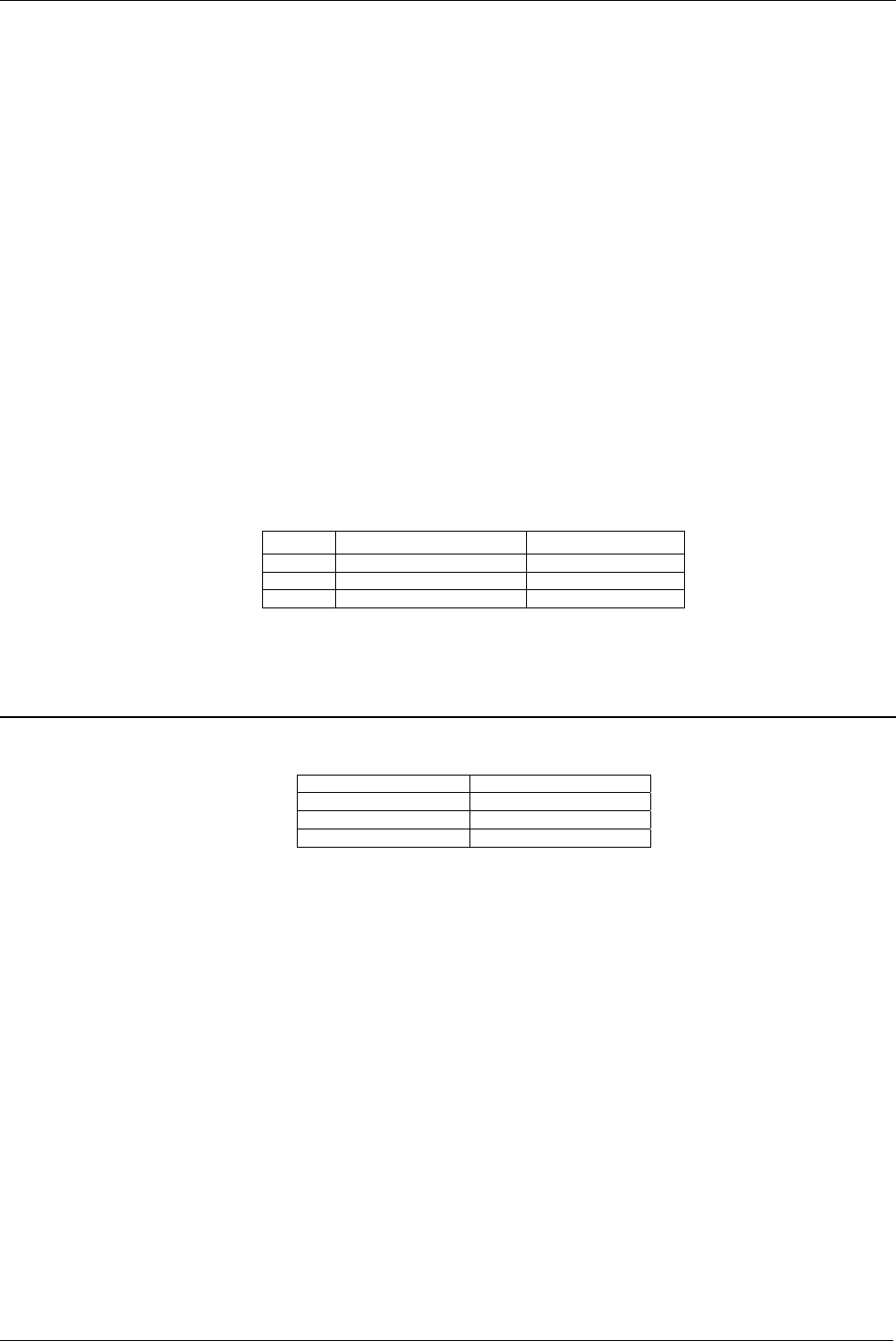
DI-1162/DI-1162M Remote Access Router
125
The network portion must start with a value from 1 to 126 or from 128 to 223. Any other value(s) in the network portion may be from 0 to
255, except that in class B the network addresses 128.0.0.0 and 191.255.0.0 are reserved, and in class C the network addresses 192.0.0.0 and
223.255.255.0 are reserved.
The value(s) in the host portion of a physical device's IP address can be in the range of 0 through 255 as long as this portion is not all-0 or
all-255. Values outside the range of 0 to 255 can never appear in an IP address (0 to 255 is the full range of integer values that can be
expressed with eight bits).
The network portion must be the same for all the IP devices on a discrete physical network (a single Ethernet LAN, for example, or a WAN
link). The host portion must be different for each IP device — or, to be more precise, each IP-capable port or interface — connected directly to
that network.
The network portion of an IP address will be referred to in this manual as a
network number
; the host portion will be referred to as a
host
number
.
To connect to the Internet or to any private IP network that uses an Internet-assigned network number, you must obtain a registered IP network
number from an Internet-authorized network information center. In many countries you must apply through a government agency, however
they can usually be obtained from your Internet Service Provider (ISP).
If your organization's networks are, and will always remain, a closed system with no connection to the Internet or to any other IP network, you
can choose your own network numbers as long as they conform to the above rules.
If your networks are isolated from the Internet, e.g. only between your two branch offices, you can assign any IP Addresses to hosts without
problems. However, the Internet Assigned Numbers Authority (IANA) has reserved the following three blocks of IP Addresses specifically for
private (stub) networks:
Class Beginning Address Ending Address
A 10.0.0.0 10.255.255.255
B 172.16.0.0 172.31.255.255
C 192.168.0.0 192.168.255.255
It is recommended that you choose private network IP Addresses from the above list. For more information on address assignment, refer to
RFC 1597,
Address Allocation for Private Internets
and RFC 1466,
Guidelines for Management of IP Address Space
.
Subnet Mask
In the absence of subnetworks, standard TCP/IP addressing may be used by specifying subnet masks as shown below.
IP Class Subnet Mask
Class A 255.0.0.0
Class B 255.255.0.0
Class C 255.255.255.0
Subnet mask settings other than those listed above add significance to the interpretation of bits in the IP address. The bits of the subnet mask
correspond directly to the bits of the IP address. Any bit an a subnet mask that is to correspond to a net ID bit in the IP address must be set to
1.


















